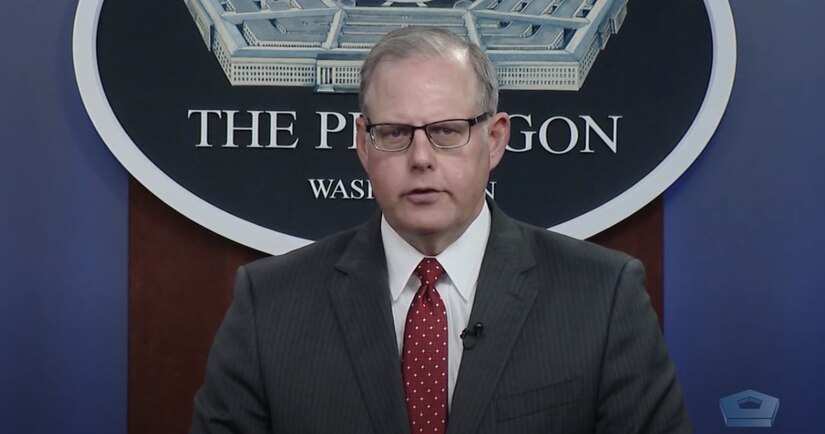Dec. 2, 2020 | , DOD News
John Sherman, spoke at the AFCEA International conference yesterday.

That assessment catalogued and analyzed network and computer assets, software, staffing levels and existing support services contracts. It was found that each organization operated its own unclassified and classified network and service desk, he said, requiring over 1,000 civilian personnel and 600 IT contracts to operate and maintain those networks and service desks.
Organizations were dedicating a significant portion of their resources to IT. Even so, they were unable to keep pace with technological advancements and industry best practice due to the prioritization of their limited resources, he said.

As a result of this analysis, the department launched the "Fourth Estate Network Optimization," which is consolidating IT systems that are separate from the military services. This is being done in an incremental way to reduce the risks that a massive undertaking like this could pose if it were launched across all the services, he said.
The end goal, he said, is to eventually create one efficient IT system across the department, including all of the services.
All network and service desks will be operated by the Defense Information Systems Agency, Sherman said. This will improve visibility of cybersecurity vulnerabilities, reduce operating expenses, enable adoption of commercial innovations, allow organizations to focus on their core missions, create a consistent user experience and most importantly, it will benefit the warfighter.

Over the next year a majority of DOD organizations that are not part of the military services will migrate to this global service desk, he said.
"While we have made remarkable progress over the past year and a half in creating the foundation necessary to establish a single service provider for the department, we also recognize that this is not the time to rest on our laurels," he said. "It will be a multi-year effort. And, we have significant work ahead of us."






No comments:
Post a Comment